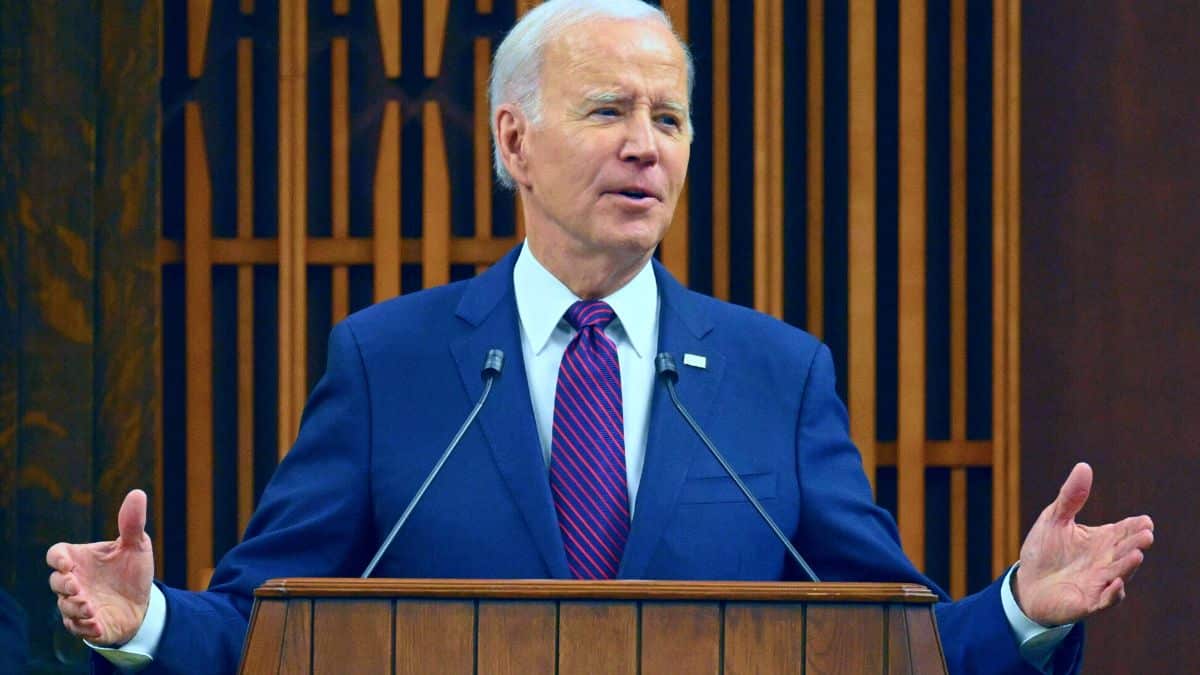Biden’s new student loan plan could cost as much as $559 billion, Penn Wharton predicts

According to an analysis by the Penn Wharton Budget Model at the University of Pennsylvania, President Joe Biden’s income-driven program for student loan repayment will cost as much as $559 billion in 10 years.
After the Supreme Court invalidated Biden’s plan for student loan forgiveness, the Education Department released the final regulations of the “SAVE Plan” last week.
Wharton’s estimate of $559 billion is the upper limit and reflects an example where future students will max out their federal direct loan limits. If students don’t heavily increase their borrowing, the minimum estimate is $391 billion.
The medium-term prediction is $475 billion.
|
Penn Wharton released a report on Monday that found nearly 200 billion dollars of the SAVE’s estimated medium cost are the result of 1,64 trillion dollars in outstanding loans. More than half of these loans will be transferred to SAVE once the program launches in July 2024.
Wharton estimates that the remaining estimated cost of $275 billion will be paid by reduced payments on about $1.03 trillion worth of new loans, which Wharton anticipates being extended over the next ten years.
According to the Education Department, under the SAVE plan undergraduate and graduate students who borrow loans will pay a minimum of 5% of their income, and a maximum of 10%, based on their original loan balances. Borrowers would be forgiven after 20 or 25 years.
The budget model predicted that the costs of Biden’s plan to forgive student loans could have exceeded $1 trillion.









No Comments